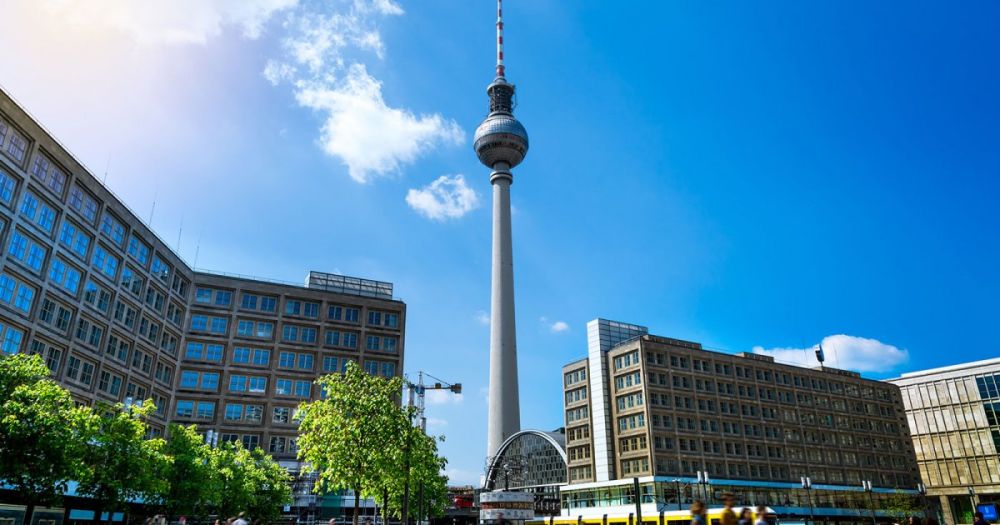

Alexanderplatz, often referred to simply as "Alex" by Berliners, has long been one of Berlin's most iconic public squares. Named in honor of a visit by the Russian Tsar Alexander I to Berlin in 1805, Alexanderplatz has evolved from a bustling market square to a major commercial and transport hub that features prominently in the history and tourism of Berlin.
Originally a cattle market outside the city fortifications, Alexanderplatz came into prominence with the extension of the city limits in the mid-17h century. Its proximity to the royal palace helped it develop into a commercial area. By the 19th century, Alexanderplatz had become a significant urban centre and was transformed into a public square following plans by Peter Joseph Lenné.
The square gained international attention in the early 20th century with the construction of the impressive Berolinahaus and the Alexanderhaus designed by Peter Behrens, two of Berlin's first high-rise buildings. The well-known World Clock (Weltzeituhr), a rotating installation that shows the time around the globe, was erected in 1969 and has since been a common meeting point for both locals and tourists.
After World War II and the subsequent division of Berlin, Alexanderplatz found itself in East Berlin. The square was extensively redeveloped by the German Democratic Republic in the 1960s, becoming a showcase of socialist architecture. Since German reunification, it has undergone considerable changes and has retained its significance as a tourist destination in the reunited city.
Alexanderplatz's convenient location and excellent transportation connections make it an ideal starting point for tourists exploring Berlin. With the iconic TV Tower (Fernsehturm) dominating the skyline, visitors can experience breathtaking views over the city. The presence of historical buildings such as the Red Town Hall (Rotes Rathaus) and the Marienkirche (St. Mary's Church) add to the historical allure of the area.
Today, Alexanderplatz continues to draw tourists from around the world. The area is undergoing another phase of transformation with high-rise projects and modernization efforts aimed at making it a more attractive commercial and residential area. Experiencing the blend of historical monuments, DDR architecture, and the energy of a modern European metropolis is a strong pull for visitors.
Seasonal events, such as the famous Christmas markets and public viewings of sporting events, contribute to the vibrant atmosphere of Alexanderplatz. The square is also surrounded by various shopping facilities, adding to its attraction as a destination that combines culture, history, and urban leisure activities.
In recent years, food tourism has also taken off in the area around Alexanderplatz, with numerous food stalls, international restaurants, and traditional German eateries providing a taste of Berlin's diversity. The pedestrian-friendly nature of the area has been enhanced, making it more appealing for walking tours and outdoor activities.
For the future, plans for Alexanderplatz involve improvements to public spaces, further commercial development, and the introduction of more cultural activities to establish a multifaceted experience for tourists and residents alike.
It's clear that Alexanderplatz has played a central role in Berlin's tourism history, embodying the city's varied past and its ever-evolving nature. Its core status as a hub of activity makes it a must-visit for anyone looking to understand Berlin's unique story.